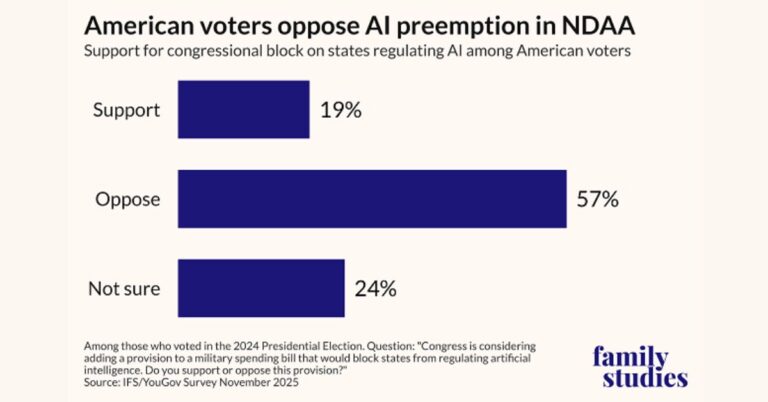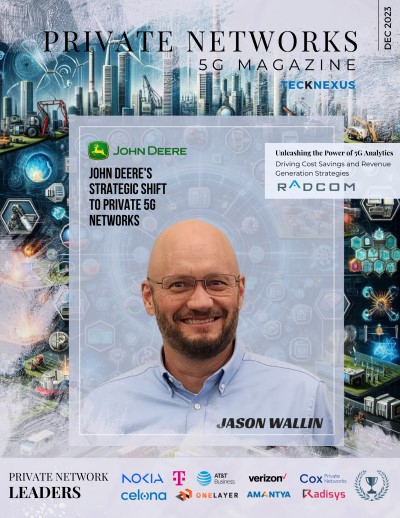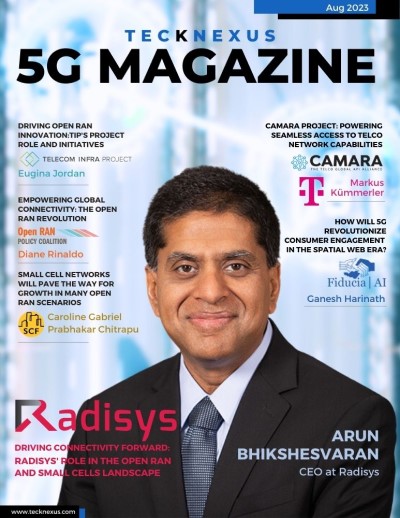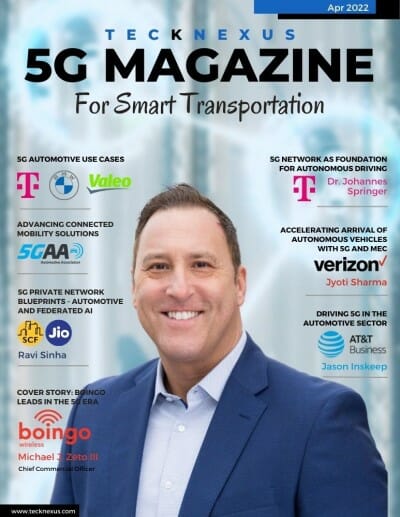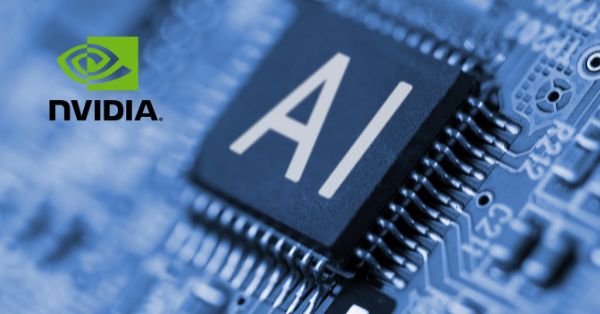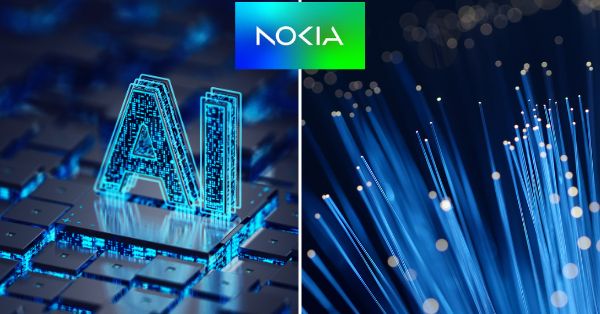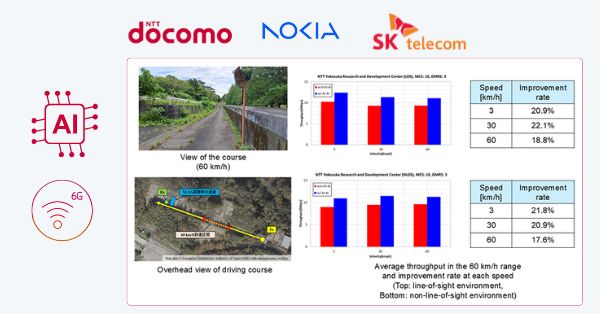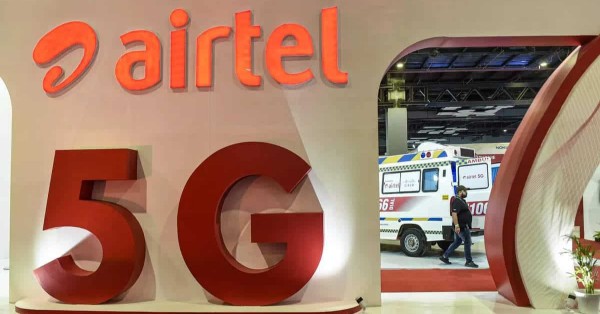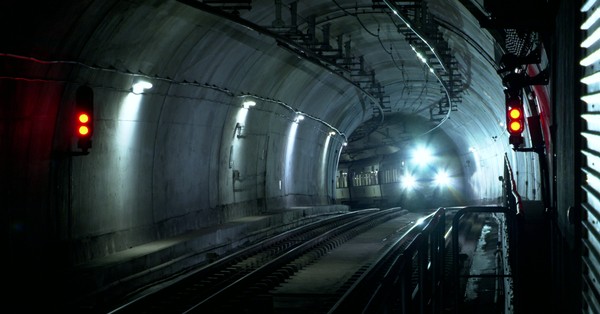State AI regulations: federal preemption paused
The White House appears to be tapping the brakes on an executive order that would have aggressively challenged state AI laws, leaving enterprises to navigate a divided policy landscape for now.
What changed in federal AI preemption strategy
After signaling support for a single national AI rulebook and floating a 10-year freeze on state AI laws tha…
Home » Telecom
Telecom
Essential insights and practical tools for navigating private networks. Get Details.
Available on Amazon & Google Books
Subscribe To Our Newsletter
- Tech News & Insight
- November 24, 2025
- Hema Kadia
- Tech News & Insight
- November 24, 2025
- Hema Kadia
Nvidia’s CEO has warned that U.S. export controls have effectively halted the company’s China business, sharpening the stakes for AI leadership, supply chains, and enterprise buyers. He indicated the company is modeling China sales at effectively zero for the next two quarters under current rules, acknowledging that the revenue loss
- Tech News & Insight
- November 24, 2025
- Hema Kadia
Nokia is making a multi‑year, $4 billion push to expand US R&D and manufacturing as it pivots to AI‑native networks under CEO Justin Hotard. The company will invest roughly $3.5 billion in US‑based R&D spanning networking technologies, defense applications, automation, quantum‑safe networking, and semiconductor development. A further $500 million targets
- Tech News & Insight
- November 20, 2025
- Hema Kadia
Palo Alto Networks is buying Chronosphere to fuse cost-efficient, large-scale observability with AI-driven automation for modern cloud and AI data centers. Palo Alto Networks agreed to acquire Chronosphere for approximately $3.35 billion in a mix of cash and replacement equity, with closing expected in the second half of PANW’s fiscal
- Tech News & Insight
- November 18, 2025
- Hema Kadia
A new impact study shows CTIA Wireless Foundation’s Catalyst program has touched 30 million Americans since 2019, underscoring how mobile-first tools can scale social outcomes faster than traditional interventions. The Foundation has invested just over $1 million in unrestricted grants yet reports benefits to nearly one in 12 Americans—evidence of
- Tech News & Insight
- November 18, 2025
- Hema Kadia
- Tech News & Insight
- November 17, 2025
- Hema Kadia
Cisco’s intent to acquire Seattle-based NeuralFabric signals a decisive shift toward practical, domain-specific AI that meets real-world constraints around data, compliance, and infrastructure. Cisco plans to acquire NeuralFabric, an enterprise AI platform focused on building small language models (SLMs) from proprietary data with deployment across SaaS and on-premises environments. By
- Tech News & Insight
- November 17, 2025
- Hema Kadia
A consortium led by NTT DOCOMO, NTT, Nokia Bell Labs, and SK Telecom has shown that applying AI to both transmitter and receiver—“AI-AI”—can materially lift outdoor 6G performance, pointing to an AI-native air interface that adapts in real time to messy, real-world radio conditions. Using 5G New Radio as the
- Tech News & Insight
- November 17, 2025
- Hema Kadia
S&P Global Ratings has upgraded Bharti Airtel on the back of stronger earnings quality, healthier free cash flow, and a clearer deleveraging path, signaling a maturing Indian mobile market. The action reflects rising confidence that India’s tariff repair is sticking after mid-2024 hikes, with average revenue per user moving up
- Tech News & Insight
- November 14, 2025
- Hema Kadia
CAF’s signalling division and Cellnex demonstrated that OPTIO, a modular and multi-bearer CBTC platform, operates reliably on a private 5G network in both lab and field conditions, including challenging scenarios such as tunnels. The system already supports Wi‑Fi and LTE; adding 5G confirms a multi-access design that lets operators choose
TeckNexus Newsletters
I acknowledge and agree to receive TeckNexus communications in line with the T&C and privacy policy.
Whitepaper
Private cellular networks are transforming industrial operations, but securing private 5G, LTE, and CBRS infrastructure requires more than legacy IT/OT tools. This whitepaper by TeckNexus and sponsored by OneLayer outlines a 4-pillar framework to protect critical systems, offering clear guidance for evaluating security vendors, deploying zero trust, and integrating IT,...

Whitepaper
Telecom networks are facing unprecedented complexity with 5G, IoT, and cloud services. Traditional service assurance methods are becoming obsolete, making AI-driven, real-time analytics essential for competitive advantage. This independent industry whitepaper explores how DPUs, GPUs, and Generative AI (GenAI) are enabling predictive automation, reducing operational costs, and improving service quality....

Whitepaper
Explore how Generative AI is transforming telecom infrastructure by solving critical industry challenges like massive data management, network optimization, and personalized customer experiences. This whitepaper offers in-depth insights into AI and Gen AI's role in boosting operational efficiency while ensuring security and regulatory compliance. Telecom operators can harness these AI-driven...

Check Private Network Readiness
Industry Vertical Specific Deep-Dive Assessment

Manufacturing
$750
250 questions based assessment and insights
$750
Utilities
$500
65+ questions based assessment and insights
$500
Mining
$500
160 questions based assessment and insights
$500
Aviation
Coming Soon
75+ questions based assessment and insights
Coming Soon
Ports
Coming Soon
75+ questions based assessment and insights
Coming Soon* Prices does not include tax
Brand Connect
Amplify Your Brand & Boost Your Business
- Thought-Leadership Management
- Magazine Article
- Executive Interviews
- Whitepapers
- Research Reports
- Custom Research
- Blog Series
- Webinars
- Podcasts
- Advertorials
- Display Ads
- Event Partnership



